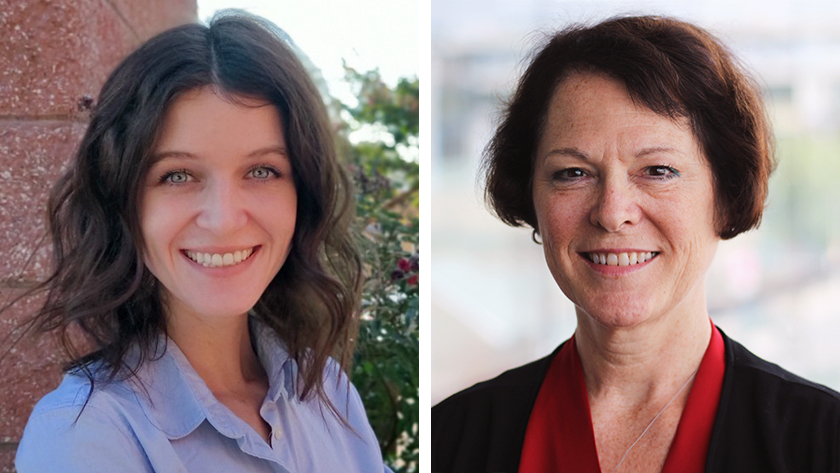
Humans have an immense capacity to recall events and experiences. Despite this knack for mental time-travel, we remember only a small fraction of our experiences and our memories often fade over time.
Memory storage and retrieval are critical for our day-to-day function, but there is still much to learn about why certain memories stick with us and how they change over time.
Researchers at the Krembil Brain Institute have shed light on these processes. A team led by Krembil Senior Scientist Dr. Mary Pat McAndrews showed that new memories are integrated into frameworks of existing and related knowledge—and it identified the brain regions involved in this process.
Long-term memory involves two interconnected brain regions: the hippocampus and neocortex. Memories form in the hippocampus and gradually integrate into the neocortex for long-term storage. As memories are stored in the neocortex, they lose contextual details such as place and time, becoming more ‘fact-based’ or ‘gist-based’. These coarse memories can then be retrieved without the help of the hippocampus, which continues to be important for recalling more detailed, contextual memories.
Researchers do not know how memories are transformed and stored in the neocortex, but they believe the answer lies in schemas—mental frameworks that organize information around core concepts.
Dr. McAndrews explains that memories are not integrated into blank neocortical slates. “Numerous experiences are represented in the brain as schematic knowledge, and we know that prior knowledge supports memory for related information. However, no studies have shown if or how schemas support memory integration into the human neocortex.”
To explore this, the researchers showed participants a series of object-scene pairs. Some of the pairs made sense—they were congruent with existing schemas—while others did not (e.g., a starfish on a beach versus an elephant in a kitchen). After delays of 10 minutes and three days, participants were shown the objects again and asked to recall information about the corresponding scenes—the general context (e.g., a beach versus a kitchen) and specific details (e.g., one beach versus another).
After three days, participants had stronger memories for congruent object-scene pairs that aligned with existing schemas. Memories for these pairs became less detailed over time compared to memories for incongruent pairs, suggesting a loss of contextual information.
Using functional magnetic resonance imaging, the researchers discovered that long-term memory for congruent information involved communication between the front portion of the hippocampus—the region responsible for ‘gist-based’ memory—and a specific area of the neocortex called the medial prefrontal cortex. They also found that these memories were gradually integrated into existing schemas in the neocortex.
“Our findings suggest that schemas act as scaffolds to integrate the core elements of memories into the neocortex for long-term storage,” says Dr. Sam Audrain and former graduate student in Dr. McAndrews’ laboratory and first author of the study. “As one might expect, prior knowledge serves as a base for building new and related knowledge. The caveat is that when this knowledge is integrated for long-term storage, we can lose details and contextual information.”
This study expands our understanding of the brain networks that support memory storage and helps to explain how related experiences become difficult to disentangle when we try to remember them.
This work was supported by the Natural Sciences and Engineering Research Council of Canada, the Toronto Neuroimaging Facility at the University of Toronto and the UHN Foundation. Dr. McAndrews is a Professor in the Department of Psychology at the University of Toronto.
Audrain S, McAndrews MP. Schemas provide a scaffold for neocortical integration of new memories over time. Nat Commun. 2022 Oct 2. doi: 10.1038/s41467-022-33517-0.

Anyone who has studied for an exam can attest that remembering new information is easier when we already know something about the subject. Our brains use schemas to organize new information and facilitate memory retrieval.




